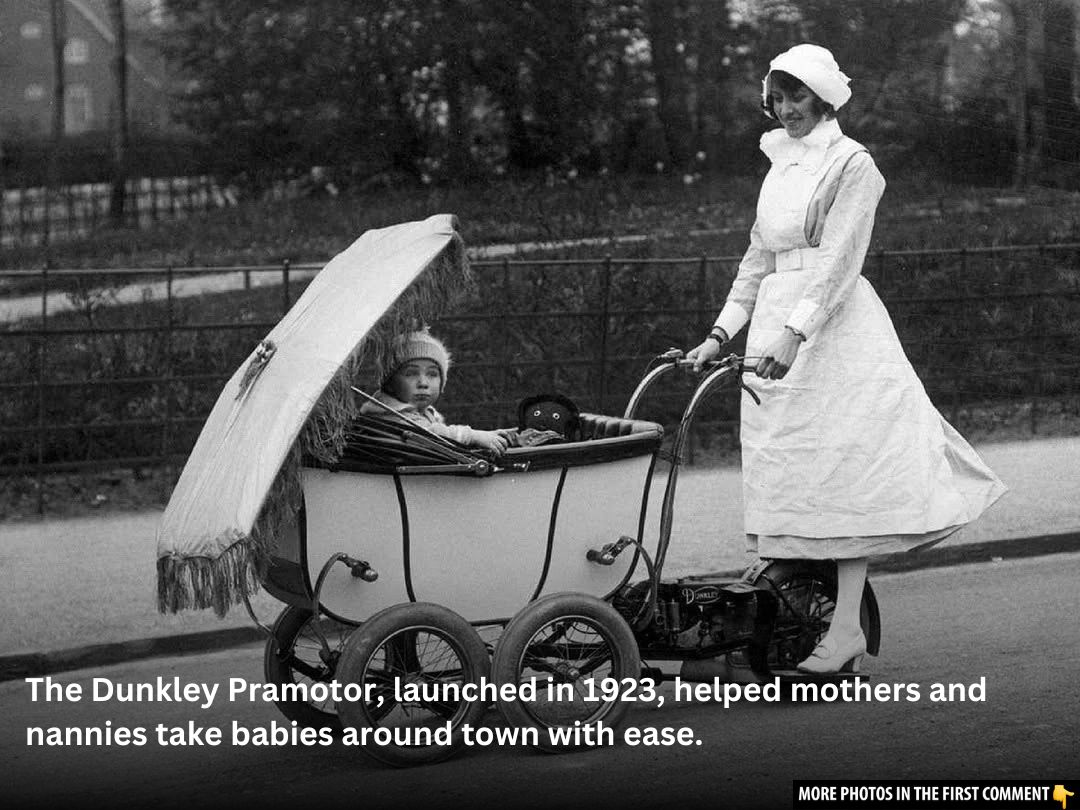In the early 20th century, the world was experiencing a wave of technological innovation that transformed everyday life. One of the most fascinating yet overlooked inventions during this era was the Dunkley Motorized Perambulator. A combination of a baby pram and a scooter, this quirky contraption was designed to help nannies navigate the bustling streets with ease, offering a blend of convenience, power, and practicality. As unusual as it was, the Dunkley Pramotor represents a bold experiment in transportation history. Let’s dive into the details of this fascinating device that combines two iconic elements of its time: the baby pram and the motorized scooter.
The Dunkley Motorized Perambulator: An Unlikely Innovation
In 1923, the Dunkley Motorized Perambulator entered the world with a rather unique concept: a motorized pram. At first glance, the design seems quirky, but the intention behind it was simple: making life easier for nannies tasked with pushing prams around the streets while carrying infants. The Dunkley Pramotor featured a motorized scooter attached to the rear of a large baby pram, where the nanny would stand astride the engine and control the vehicle. Powered by a modest 1HP horizontal single-speed two-stroke engine, the contraption required a push to get started, but it opened up new possibilities for mobility.
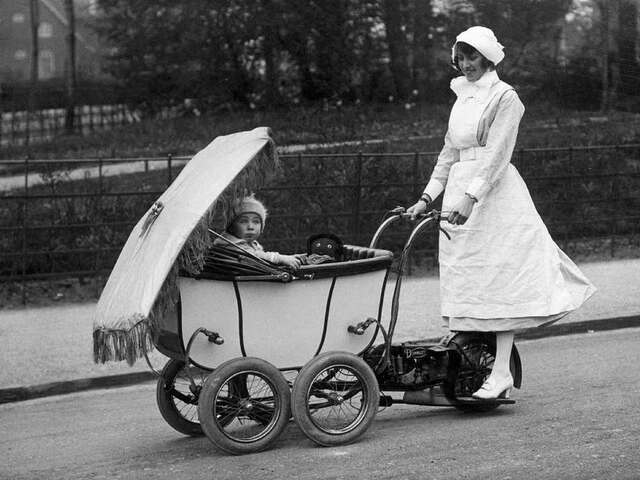
This innovation was a natural progression in an era where technology and convenience were pushing boundaries. Nannies in the 1920s often had to navigate crowded city streets on foot, making their work difficult and time-consuming. The Dunkley Pramotor solved this problem by offering a more efficient and speedy way to move. However, with its unique design came challenges.
Video
Watch the video “World’s Fastest Pram/Stroller” to see this incredible, speedy invention in action!
Evolution of the Dunkley Pramotor: From Single-Speed to Two-Speed
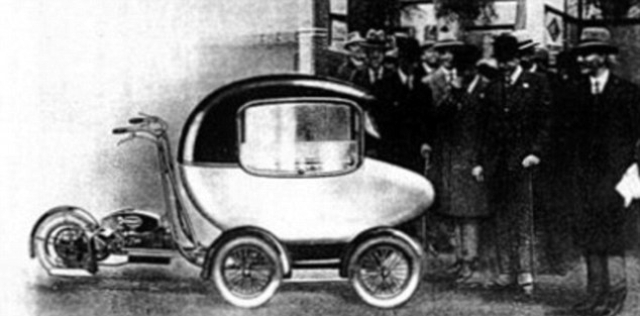
The initial version of the Dunkley Pramotor was limited by its 1HP engine, which provided enough power for basic use but left much to be desired. In 1924, Dunkley responded to this limitation by offering an upgraded model with a two-speed engine. This model was equipped with a kickstarter and a clutch lever, making it easier for nannies to control the scooter, especially when navigating more demanding terrain. The addition of these features improved the overall usability and accessibility of the Pramotor, making it a more practical solution for daily use.
However, despite these enhancements, the Dunkley Pramotor still faced a fundamental issue: it wasn’t fast enough to keep up with other vehicles. The pram’s engine was simply not powerful enough to keep pace with the motorbikes, milk carts, and even the occasional wealthy motorist’s vehicle on the roads.
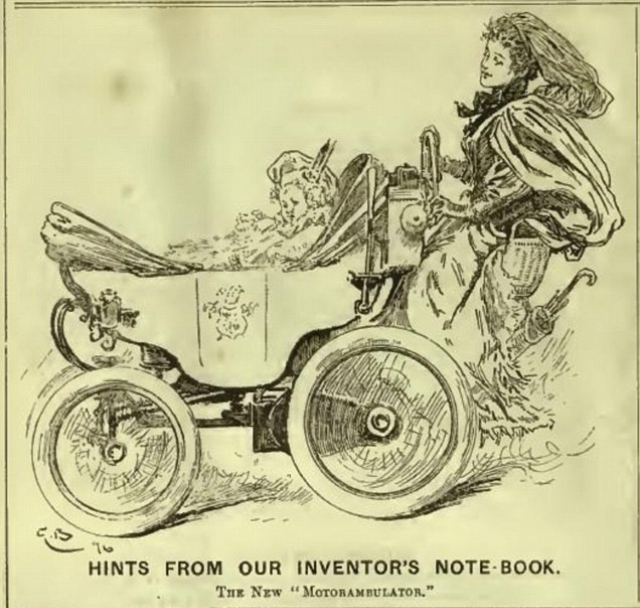
Challenges and the Ban on Sidewalk Use
As the Dunkley Pramotor gained popularity, it faced a growing problem: its design was deemed unsafe for use on footpaths and in parks. Due to the fact that it was a motorized vehicle, the Pramotor had to share the road with other vehicles, such as milk carts and bicycles. This raised significant safety concerns, as the pram’s engine struggled to compete with the faster and larger vehicles on the road. The lightweight engine struggled to keep up, especially with the more powerful vehicles of the time.
Ultimately, this led to the Pramotor being banned from footpaths and parks, which forced it to share the road with more traditional, heavier vehicles. This limitation led Dunkley to consider improving the Pramotor’s engine power.
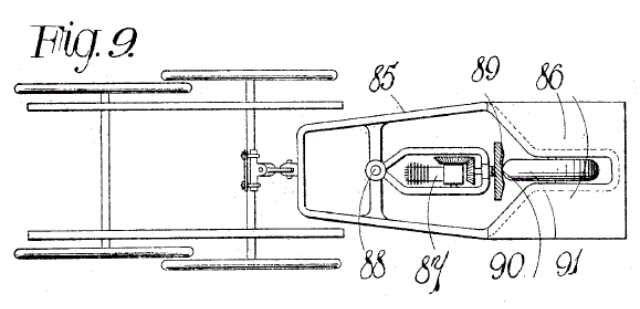
The 750cc Version: Powering Up the Pramotor
In response to the challenges of road speed, Dunkley introduced a 750cc version of the Pramotor. This more powerful model significantly increased the pram’s speed, enabling it to better compete with the motorized vehicles of the time. With a larger engine, the Dunkley Pramotor became a more formidable option for nannies who needed a reliable and efficient way to get around.
The 750cc engine helped address the Pramotor’s original shortcomings, enabling it to move at speeds that matched the flow of traffic. The introduction of this upgraded model showcased Dunkley’s ability to innovate and adapt to the challenges posed by the rapidly changing transportation landscape.
Design Variations: A Look at the Different Models
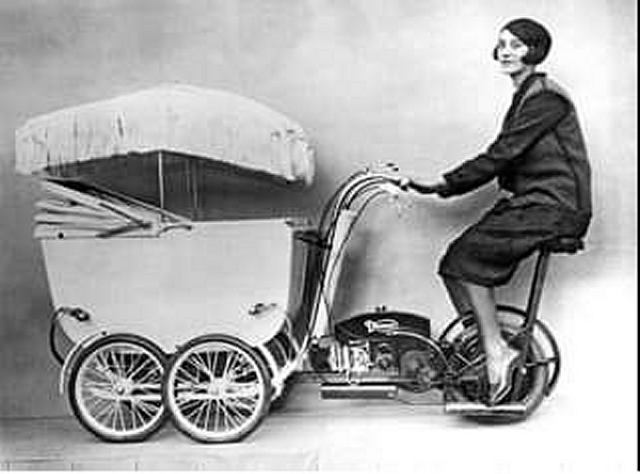
Over the years, Dunkley produced several versions of the Pramotor, each with varying design elements. Some of these models featured more comfortable options for the nanny, including a seat for a more relaxing driving experience. Other models had a streamlined, hard-top design with no seat for the nanny, emphasizing the machine’s practicality over comfort.
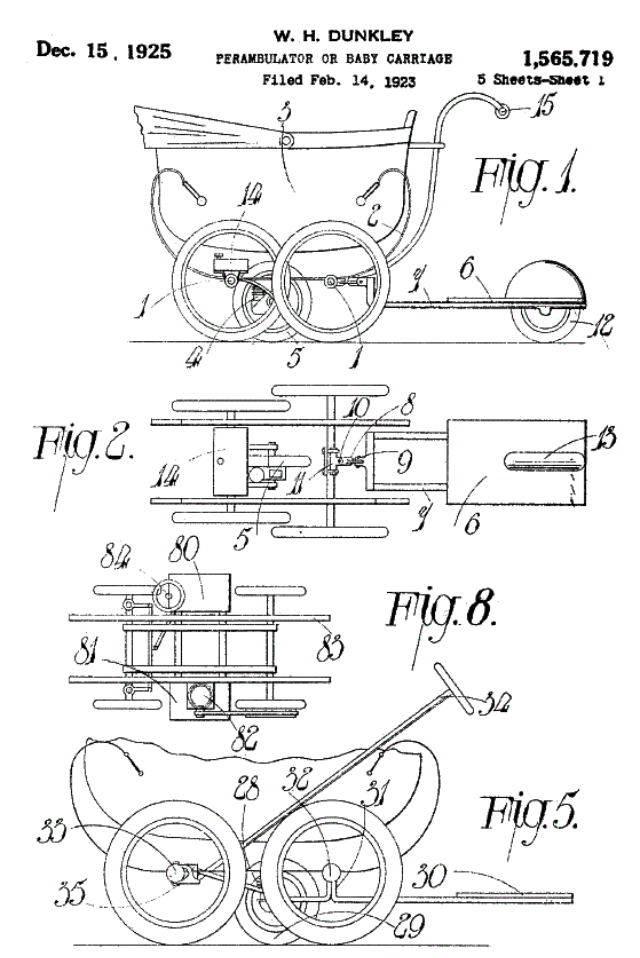
One notable feature in later versions of the Pramotor was the addition of a sixth wheel, which helped stabilize the vehicle and provided better support for the motorized attachment. This design evolution not only improved the Pramotor’s balance but also contributed to its overall functionality on the road. In fact, the changes to the Dunkley Pramotor’s design reflect the continual improvements made to meet the demands of both the driver and the urban landscape.
Patent Designs and Technical Specifications
The Dunkley Motorized Perambulator wasn’t just a practical innovation—it was also an inventive one. The device was protected by several patents, including the US patent 1,565,719, which detailed the various mechanisms used to propel the pram. These patents covered everything from the complex gearing system to the motor’s integration with the pram body.
In this design, the motor was connected to the pram through a bevel gearing system, providing step-up rather than reduction. This allowed for the power generated by the motor to be transmitted effectively to the wheels. The design of the Pramotor’s propulsion system was complex and highly technical, showcasing the sophistication of Dunkley’s engineering.
The Electric Motorized Perambulator: A Different Path
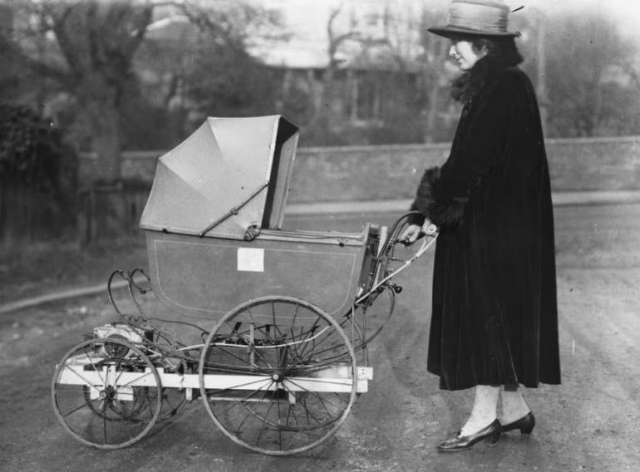
In addition to the fuel-powered Pramotor, Dunkley also experimented with an electric version. In 1921, an electric motorized perambulator was introduced, which featured a different approach to powering the device. Unlike the fuel-powered version, this Pramotor used a battery to drive the wheels, providing a quieter and cleaner mode of transportation. While this electric version did not become as widespread as the gasoline-powered models, it demonstrated Dunkley’s willingness to explore new technologies and adapt to changing times.
Legacy of the Dunkley Motorized Perambulator
Though the Dunkley Pramotor is no longer in production today, its legacy continues. It serves as a reminder of the innovative spirit of early transportation and the ways in which even the most unexpected ideas can shape history. The Pramotor’s unique design and technological advancements left an indelible mark on the development of motorized vehicles, influencing future innovations that continue to drive the transportation industry forward.
The Dunkley Motorized Perambulator is a testament to the creativity and ingenuity of early 20th-century engineers, and its story continues to inspire those who seek to combine practicality with innovation. The Pramotor’s legacy reminds us that, sometimes, the most unconventional solutions can change the course of history.
Video
Watch the video “Pram Car (1951)” for a look at this unique 1950s invention!
Conclusion: A Step Back in Time
The Dunkley Motorized Perambulator may have been a curious contraption, but it embodies the spirit of early 20th-century innovation. From its humble beginnings with a small engine to the powerful 750cc model, the Dunkley Pramotor tells the story of a time when creativity and necessity converged to produce something truly unique. Although it may not have been the most successful of inventions, its cultural and historical significance remains intact. Today, it stands as a quirky reminder of an era when technology was just beginning to shape the world around us in ways we still feel today.
